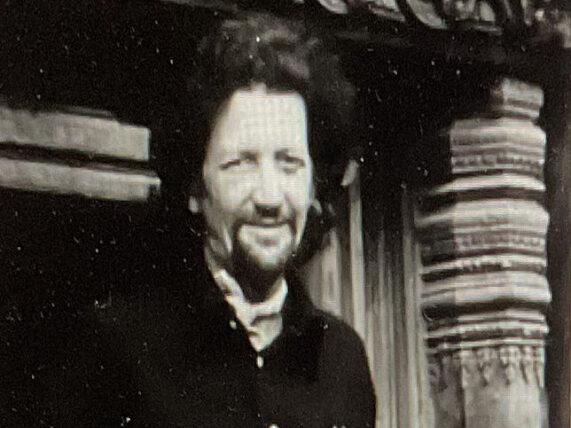Has the government closed the COVID gap?

By Zanya Fechner, BA Social Anthropology and International Relations
The first case of Covid-19 was confirmed in the UK nine months ago. After a brief period of stability, government policy and local restrictions are once again being changed every few weeks in response to the rising number of cases nationwide. This has revitalized the Covid Gap discussion, which was first raised during the peak of the first wave.
The disproportionate impact of coronavirus on Britain’s BAME (Black, Asian, Minority Ethnic) communities was first highlighted to the public in a report by the Office for National Statistics (ONS), published on 7 May. The study found that ‘men and women from all ethnic minority groups (except females with Chinese ethnicity) are at greater risk of dying from COVID-19 compared with those of white ethnicity’. Around the same time, several additional studies reporting similar findings were published. For example, when taking into account the comparatively young age of black Africans in the UK, which would theoretically reduce the risk of death within the group, a study conducted by the Institute for Fiscal Studies (IFS) found that the real number of deaths for black Africans is ‘3.7 times higher than might be expected by geography and age’. People from Pakistani and black Caribbean ethnic groups have also been found to have death rates 2.9 and 1.8 times higher than predicted, respectively. Not only this, but an article published by the BBC in June reported that BAME individuals are more severely impacted by the virus once infected, as shown by the disproportionately high numbers admitted to intensive care units.
In examining the numerous studies conducted by various organisations, it becomes apparent that the disproportionate impact of Covid-19 on minority ethnic groups is caused by socio-economic and geographical factors. The first and primary social factor leading to this ‘gap’ is the high number of BAME individuals involved in public-facing jobs. One in five low-wage NHS workers are from ethnic minority backgrounds, increasing their risk of infection. Added to this is the high number of illnesses related to high-risk coronavirus cases, such as heart disease and diabetes – prevalent among Britain’s Asian and Black communities, all of which are reportedly caused by lifestyle as opposed to genetics. Finally, the fact that, as stated in the aforementioned report by the ONS, ‘while only 2% of White British households experienced overcrowding, 30% of Bangladeshi households…16% of Pakistani households and 12% of Black households experienced this’. Thus limiting the ability to socially distance and prevent the virus from spreading within the respective surrounding communities.
“Addressing the nation’s Covid Gap will require tackling the… inequalities that are rife nationwide.”
Addressing the nation’s Covid Gap will require tackling the aforementioned inequalities that are rife nationwide. The upcoming months will tell whether the government recognises the urgency in tackling the disproportionately high covid-related death rate within BAME communities. However, the government is yet to carry out its promise of removing the NHS surcharge for immigrants, which would open up access to free healthcare – arguably demonstrating a reluctance to reduce the gap.
With the potential of Britain descending into a ‘second wave’, however, comes an opportunity to reduce the chances of furthering such a catastrophic reality. Shadow health secretary Jonathan Ashworth has emphasised that the ways in which to do so are clear, stating that ‘greater use of targeted testing and protection for staff on the frontline’ is needed. Looking at the government’s response to the pandemic so far, however, makes it easier to understand why the Covid Gap is far from being closed. The question we face now is whether the Prime Minister will respond to the findings of the ONS and the potential for a ‘second wave,’ and address the issue with direct and effective policy changes.
Photo Caption: London’s Liverpool Street station displaying lockdown guidelines for travelling. Credit: Ben Garratt, Unsplash.




